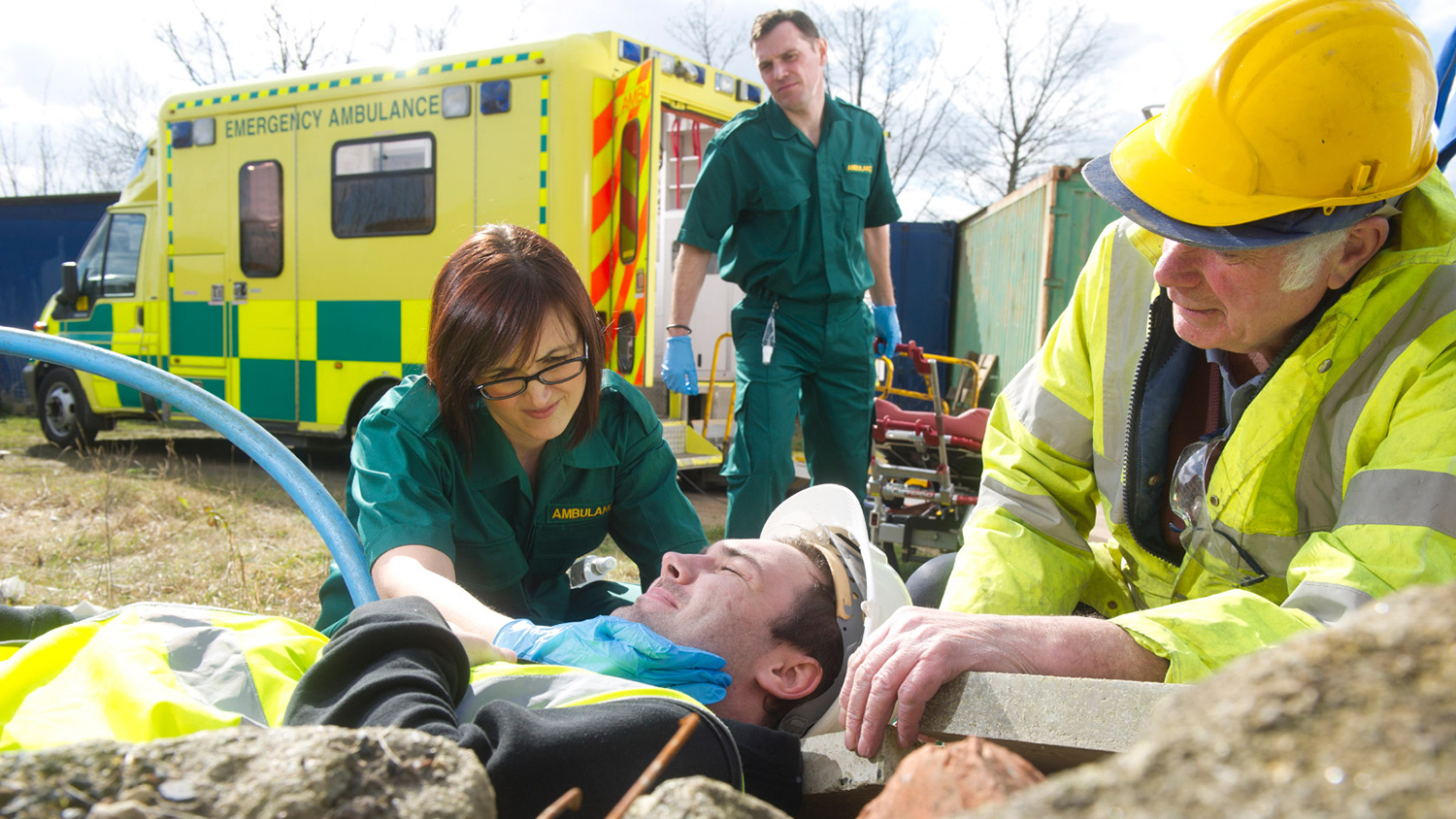
Extreme weather: protecting staff and site
As extreme weather conditions threaten the UK, there are some key hazards to look out for in order to keep workers, sites and property as safe as possible should the weather do its worst.
Construction is a notoriously high-risk industry, but as the winter months hit with adverse weather conditions such as snow, heavy rain, strong winds and ice, it brings a whole new set of hazards and risks. The number of accidents increases during the autumn and winter months for this reason. These hazards can often lead to an increase in injuries to construction workers, including fatal injuries. Employers need to take reasonable steps to keep their workers safe in cold working conditions.
A drop in temperature
Working outdoors in temperatures that fall to near or below freezing and/or strong winds can cause serious health issues. Becoming wet or damp also contributes to heat loss. Being cold can also make a worker less effective and alert. This can cause serious illness and injury such as trench foot (shutting down circulation to the feet), frostbite (which in severe cases, could lead to amputation), hypothermia or other incidents where the worker is less alert than usual. There are various symptoms to look out for that may show signs of cold stress such as shivering and fatigue.
Falls
Surfaces that are normally harmless during warmer months can become extremely treacherous in the winter. Falls are one of the most common construction site accidents, particularly during colder months when ice can gather on equipment such as scaffolding and ladders. Falls can cause a variety of injuries including breakages and traumatic head injuries.
Driving on and to sites
Extra precautions must be taken when driving in wet or frosty conditions. However, driving accidents don’t just happen on the roads; they can also happen on construction sites. Construction vehicles are often less agile than normal cars. In adverse weather where visibility is poor and slippage is likely, drivers should be extra cautious e.g. planning routes in advance, taking extra breaks and driving more slowly to allow for longer reaction times. Vehicles should also be well-serviced, and drivers encouraged to keep an emergency kit in their vans or car should they become stranded.
Practical tips to mitigate the risk
- Shield any areas that could be worst hit by the weather.
- Create warm rest areas so workers can warm up with a hot drink. Ensure, however, that any heaters are not covered or restricted, e.g. being used to warm up clothing.
- Whether a site will need to close due to the adverse weather conditions depends on the size and nature of the works. Internal works can of course still go ahead if it is safe to travel to work. Some tasks, such as bricklaying, will be inevitably delayed if the temperature hits a certain level as the cement may not cure.
- If work on-site is still possible, scheduling outside work to be carried out in shorter durations, ensuring employees do not have to face the elements for long periods of time.
- Encourage workers to dress warmly with layers and provide the correct gear so when employees are working outside none of their skin is exposed and they are fully insulated to retain body heat and prevent the cold weather affecting them. Waterproof footwear with non-slip soles will help mitigate the risks of cold stress and falls. Hard hats should also be worn to protect against falling objects or falls on the ice.
- As the nights are darker and visibility may be poor, also provide adequate high visibility workwear.
- Risk assesses areas that may be more prone for slips or falls in cold weather, e.g. entrances, visitor pathways, sloped areas and use signage to warn of risk or divert footfall. Additional lighting in these areas could also help.
- Training employees about how to work safely when the bad weather hits and what to do to prevent any accidents, including how to spot cold stress signs and symptoms.
- Checking the site for any new hazards that could have been caused by the bad weather.
- Check your contracts for references to 'inclement weather' and whether that may trigger an event entitling an extension of time.
Kathryn Gilbertson is Partner, Head of Regulatory, and Lorna Carter is Partner, Head of Construction at Greenwoods GRM.






